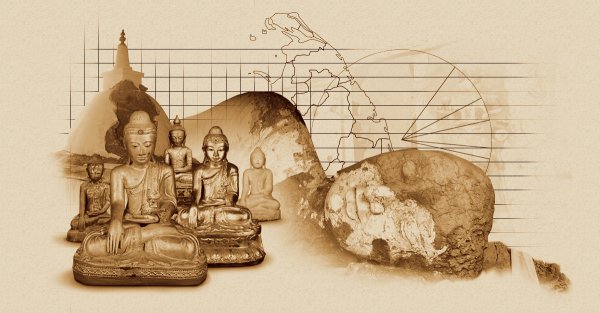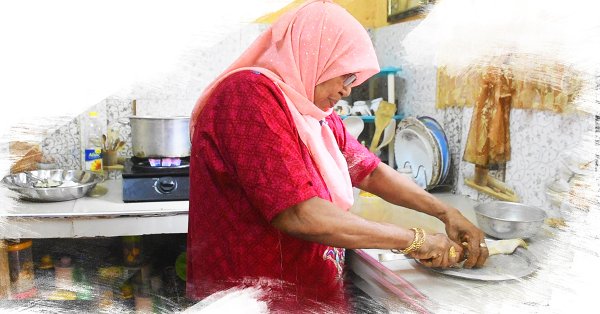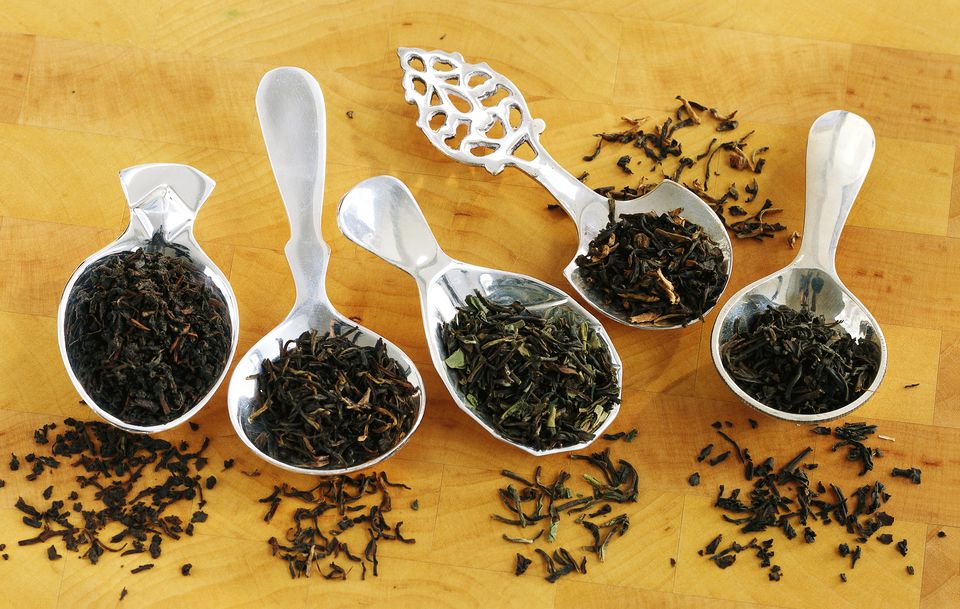
“Better to be deprived of food for three days, than tea for one.” — Chinese Proverb
It doesn’t matter if you love it, hate it, or just drink it on autopilot mode each morning like you have been doing for the past twenty years; we are Sri Lankans, and the culture of tea- drinking is in our blood. Fathers demand cups of tea to help them unwind after a long day at work, old aunties force it on you every time you visit, mothers give you a nice steaming cup of it when you are down in the dumps, and pot-bellied uncles sit around in little tea-shops with glasses of plain tea in front of them, enjoying a good jaw about the dismal state of the country’s politics.
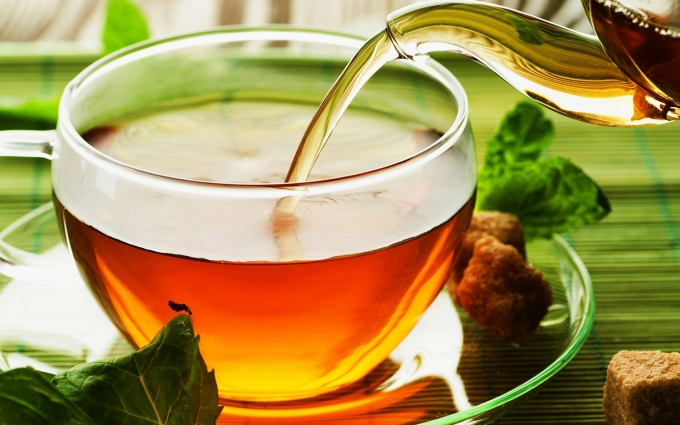
Most of us Sri Lankans chug down an average of three cups of tea a day and we serve it to guests and visitors all the time! Image courtesy: newsfirst.lk
Tea plays quite a significant economic, social, and cultural role in our country. What began way back in colonial Ceylon, when Scottish planter James Taylor planted 19 acres of tea near the city of Kandy, has now firmly taken root and flourished into a rich, thriving culture. Ceylon tea is said to be one of the finest in the world, and tea-related tourism ‒ whether it involves visiting the sweeping tea estates in the hilly up-country, or enjoying a cup of the beverage in a local tea shop ‒ has become immensely popular.
But when you drink your daily cuppa, do you ever wonder about what your tea leaves have been through before it was steeping at the bottom of your mug? What makes your tea look, smell and taste the way it does? What makes some teas light, and others dark? And what does that mysterious BOP on your tin of tea mean?
Roar Media spoke to Selliah Sivanathan, the experienced tour guide operator for Halpewaththa Tea Factory to learn a little bit about the story behind each cup of black tea.
The Plucking
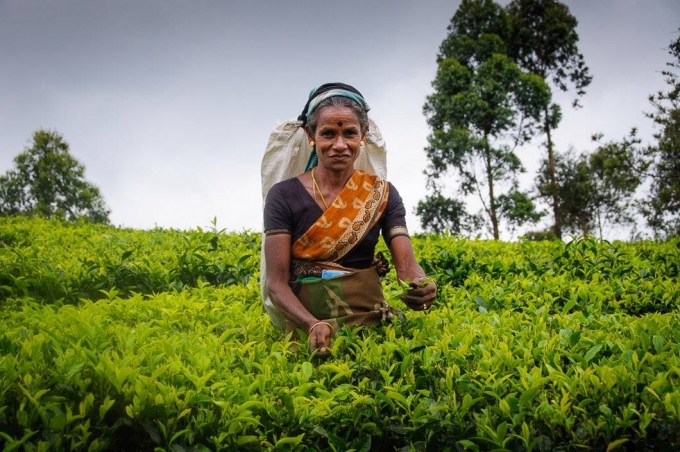
Tea-plucking; one of those instances where a human being can perform a task more efficiently than a machine. Image ccourtesy: nerdnormads.com
All tea stories begin with the famous ‘two leaves and the bud’, the icon for tea all over the world. The bud, two leaves and tender part of the stem of the Camellia sinensis are skillfully picked by tea pluckers, using the ball of the fingers only. These are the parts which are rich in the chemical constituents so desirable in tea, like caffeine, polyphenols, carbohydrates, amino acids, aromatics and essential oils.
“The material has to be perfect,” says Sivanathan, explaining why, with the world advancing as it is, tea is still best plucked by hand. “Using machines would bring in impurities and unwanted parts of the tea plant.”
Withering, Rolling And Fermentation
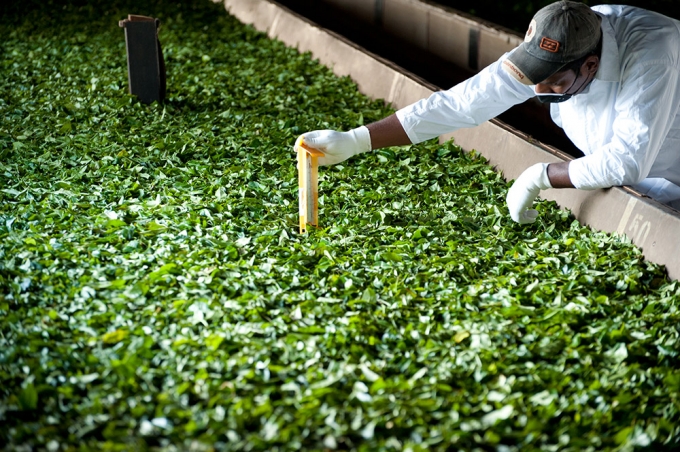
What does all this chemistry jargon have to do with your warm and cosy cup of tea you ask? The answer is: everything. The picture shows the tea leaves being withered. Image courtesy: Dilmah.com
It is hard to look at your nondescript cup of tea and associate it with anything as complex as polymerisation, but there is a lot of complicated biochemistry going on behind the lines when it comes to bringing you that perfect cup of tea.
Withering, for instance, involves removing a certain percentage of the moisture content from the material, and concentrating the chemical constituents of the leaf. “Basically, it is a chemical and physical preparation of the leaf for further processing,” explains Sivanathan.
Rolling involves rupturing the leaf cells to release enzymes, which go on to react with polyphenols, which are in turn oxidized to form polymeric compounds. The fermentation process kicks off when rolling begins. “It is these two processes that are responsible for the polymeric compounds that come into your cup of tea,” says Sivanathan, explaining that the Theaflavins and Thearubigins (Tf and Tr) formed here are what gives the characteristic taste, colour and brightness to your brew.
As Sivanathan puts it, the character of your cup of tea develops during fermentation. A light, delicate and high quality cup of tea could be obtained from a shorter fermentation time, while a strongly flavoured, dark coloured brew—the kind which would be ideal for milk tea—could be obtained from a longer fermentation time. A shorter fermentation time is, therefore, more desirable, but Sivanathan warns that if it is too short there will be no oxidation and the tea will be bitter. “The ideal cup of tea would have a Tf:Tr ratio of 1:10,” he elucidates.
Tea Grading
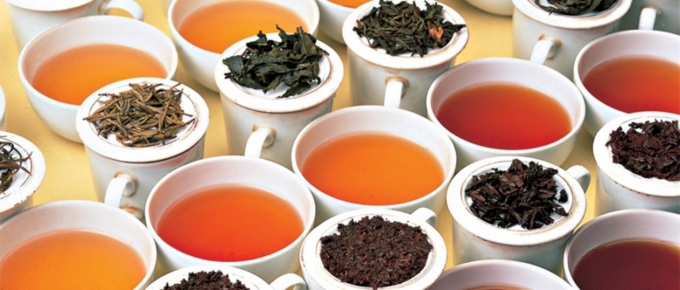
Tea grading, which refers to the physical separation of particles, is a science unto itself, a mini world in the already vast world of tea processing. Each grade produces a liqueur with different characteristics. Image courtesy: ausiri.com
The next time you are taking a packet of tea off the supermarket shelf, take a good look at it and see if you can spot what appears to be a random acronym on the label. It might be BOP or FBOP or even an alarming FTGFOP; perhaps you might have even noticed and wondered about them. What do these letters mean? And how would a packet of tea with a BOP on it differ from one with a FBOPF1?
These acronyms are not some random characters put there to confuse you—they are tea grades, and they are actually there to let you know what kind of tea you are drinking
“Some tea particles are large, some are very fine, and some are powder. Therefore, after fermentation is arrested, tea is sifted and separated according to its various sizes,” explains Sivanathan. “Tea particles which come from the leaf are leafy particles, while the particles that come from the stem are wiry particles.”
To put it in a nutshell, tea grades refer to the size and appearance of the tea leaf. So how does a tea grade characterize your cup of tea? Sivanathan says, “As the size of the particles decrease, your tea would gain strength and colour, but lose quality and flavour.”
He gives us examples to illustrate this: BOP, which stands for Broken Orange Pekoe is a broken leaf grade which would give you a delicate, bright, high quality and healthy cup of tea. The particles are medium sized with a lot of stalk and fiber.
OP (or Orange Pekoe), which is the highest grade of Ceylon tea available, consists of whole leaves and would give you a pale coloured and delicately fragranced brew.
Just like OP and BOP, there are several categories and subcategories of grades used to describe Ceylon tea.
Where Did Your Tea Come From?
Did you know that every region produces tea with unique characteristics? For example, high-grown teas grown in areas like Nuwara Eliya would be small-leafed and distinctly different from those low-grown teas produced in a low-elevation area like the Southern Province, and mid-grown teas from areas like Kandy.
Low-grown teas are generally large-leafed and fast-growing and produce strong, dark, burgundy coloured liqueurs ideal for tea-bags. Mid-grown teas would give you a coppery toned, well-flavoured brew, while high-grown teas give you an exquisite pale one.
That soothing brew you have been chugging over the years may look cozy and uncomplicated, but as you can see, there is a whole complex tea-world out there you probably know very little about. So the next time you grab some tea leaves off the supermarket shelf or sit down to enjoy your daily cuppa, take a minute to wonder about its estate-to-tea-cup story instead of just taking it for granted.
Cover image courtesy: thespruce.com



